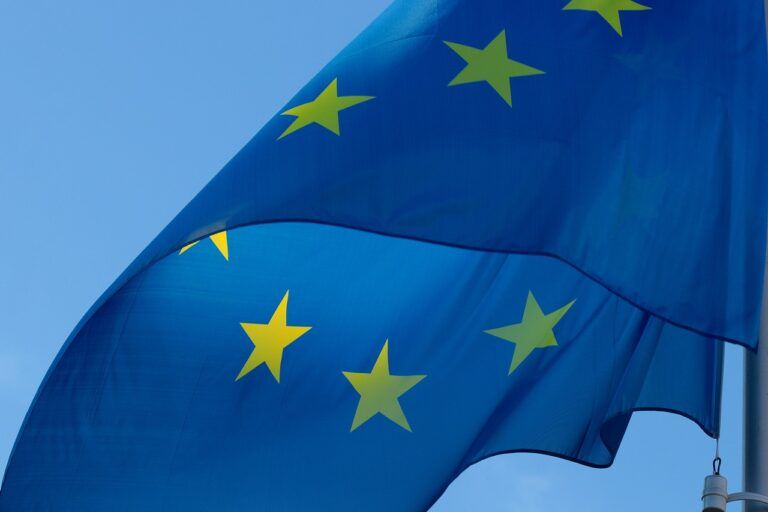On 11 July 2023, the European Commission unveiled an ambitious strategy for the future of the internet and digital interaction, positioning the EU to spearhead the next technological transition: the shift from Web 3.0 to Web 4.0 and the rise of virtual worlds.
In the vision laid out by the Commission, Web 4.0 is more than just an upgrade. It marks an epoch where digital and real objects are integrated, and human-machine interactions are enhanced, leading to a seamless fusion of digital and physical worlds. The Commission views this as not just a possibility, but a necessity for providing a secure, open, fair, and inclusive digital environment for EU citizens, businesses, and public administrations.
The proposed strategy reflects the outlook of the EU economy beyond 2030, which identifies digitalisation as one of its key drivers, with Web 4.0 heralding an era of a seamlessly interconnected, intelligent, and immersive world. With the global virtual worlds market size predicted to grow from €27 billion in 2022 to over €800 billion by 2030, this transition is more than just technologically significant – it is economically crucial.
The Commission’s strategy aims to create a digital sphere that reflects EU values and principles, a space where citizens’ rights are fully protected and where European businesses can find opportunities to flourish. This vision doesn’t just tackle the technological aspects of Web 4.0 but focuses on its social implications as well.
The pillars of the Commission’s strategy, aligned with the 2030 Digital Decade policy program, include empowering people, supporting business innovation, promoting virtual public services, and developing robust digital infrastructures.
Under this strategy, the Commission will undertake several initiatives, like promoting guiding principles for virtual worlds and developing a ‘Citizen toolbox’ to empower people. They plan to launch a partnership on Virtual Worlds under Horizon Europe to bolster the business sector and support innovation for EU creators. They will also back societal progress and virtual public services, launching “CitiVerse” for city planning and management and a European Virtual Human Twin to support healthcare.
An important aspect of this strategy is to shape global standards for open and interoperable virtual worlds and Web 4.0. The Commission aims to prevent domination by a few players, promoting a balanced digital space that aligns with the EU’s vision and values.
The strategy is built on extensive consultations with citizens, academia, and businesses, highlighting the Commission’s commitment to ensure a fair and inclusive digital revolution.
On 10 July 2023, Margrethe Vestager, Executive Vice-President for a Europe Fit for the Digital Age, stated:
“The Web 4.0 and virtual worlds will bring benefits for health, contribute to the green transition and better anticipate natural disasters. But we need to have people at the centre and shape it according to our EU digital rights and principles, to address the risks regarding privacy or disinformation. We want to make sure Web 4.0 becomes an open, secure, trustworthy, fair and inclusive digital environment for all.“
Featured Image Credit: Photo / illustration by NoName_13 via Pixabay









